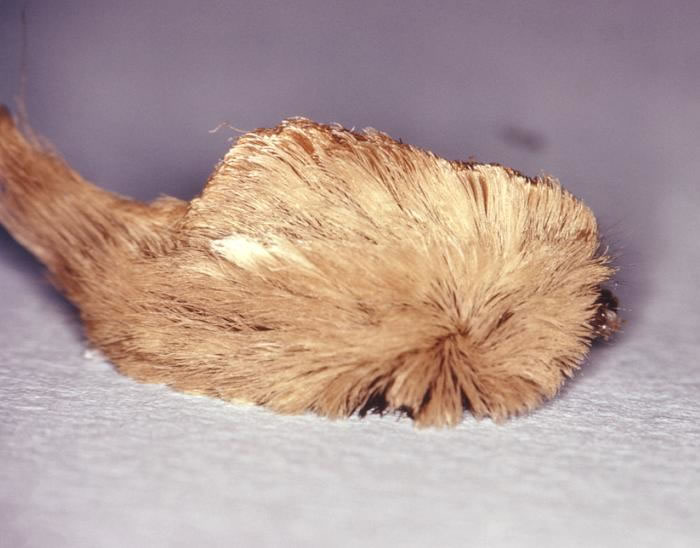Caterpillars may look fuzzy and even cute, but some of them are best left alone. Wizzie Brown, an insect specialist with the Texas A&M AgriLife Extension Office has some tips for avoiding, or at least being aware of, the risks of stinging caterpillars.
On the types of stinging caterpillars:
“Probably the most well-known of all of them is called the puss caterpillar, or the asp. This is a caterpillar that turns into a flannel moth. It goes anywhere from kind of a gray color to a creamy white. And it looks like you should pet it. It looks kind of like one of those ‘Star Trek’ Tribbles, almost. But you don’t want to touch it.”
On why you shouldn’t touch a puss caterpillar:
“This caterpillar actually has the spines underneath all of that really nice, fuzzy hair that it has, that can cause major problems. If you touch it, or one falls on you from an oak tree, which is usually how people discover them, … you will get a rash, typically where they touch you. But some people will actually have more severe reactions to the venom. And they can actually have seizures and other problems like that.”
On whether you can identify stinging caterpillars by sight:
“Unfortunately, there’s no good rule of thumb on being able to tell, that’s a stinging caterpillar, that’s not a stinging caterpillar, unless you just know what the stinging caterpillars look like. Fortunately, we don’t have a ton of them. … Generally, what I tell people when I speak to them is if you are not sure about what something’s going to do to you when you pick it up, just observe, don’t touch.”
Written by Shelly Brisbin.

















